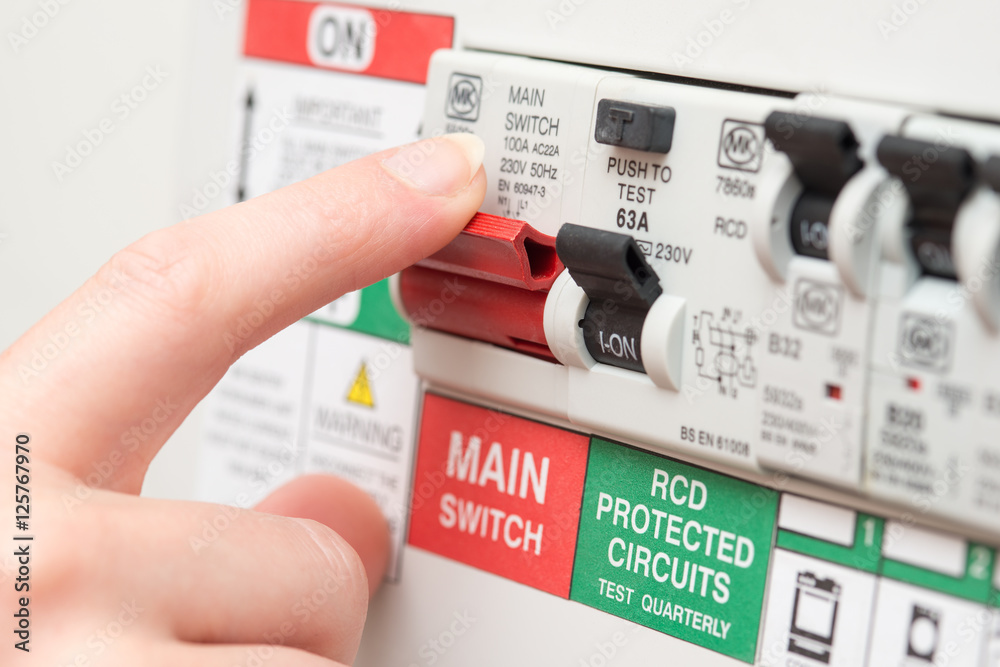RCD Testing
Residual Current Device testing
Team up with the best

RCD Testing
RCDs are electrical safety devices designed to rapidly disconnect electrical power to prevent electric shock and electrical fires in the event of a fault or leakage current. They are widely used in homes, workplaces, and various electrical installations.
RCDs work by continuously monitoring the balance of electrical current flowing through the live and neutral conductors of an electrical circuit. If there is an imbalance, such as current leakage to earth, the RCD will quickly trip, cutting off power to the circuit. This can help protect people and property from electric shock and fire hazards.
RCD testing is important to maintain electrical safety. Regular testing ensures that RCDs are functioning as intended and can provide the necessary protection against electric shock and fires. It’s important to note that RCD testing should be performed by qualified and trained individuals to ensure accurate and safe testing procedures. Testing frequency may vary depending on local regulations, but it is generally recommended that RCDs be tested at regular intervals to ensure ongoing safety.
- Push-Button Test: This is a simple test that can be performed manually by pressing the test button on the RCD. When you press the test button, it should trip the RCD, simulating a fault and confirming that the device is working correctly. If it doesn't trip or if it trips slowly, it may indicate a problem with the RCD.
- Ramp Test: A ramp test involves gradually increasing the fault current to test the RCD's trip time. This test ensures that the RCD trips within the required time frames, which are usually specified in electrical safety standards. If the RCD fails to trip within the specified time, it may need to be replaced or repaired.


- Insulation Resistance Test: This test assesses the insulation resistance of the RCD. It checks for any deterioration in the device's insulation, which can impact its performance. If the insulation resistance is too low, it may indicate a problem with the RCD.
- Leakage Current Test: This test checks the RCD's sensitivity to small leakage currents. It ensures that the RCD can detect even minor faults and provide protection. If the RCD doesn't trip at the appropriate leakage current level, it may need adjustment or replacement.
